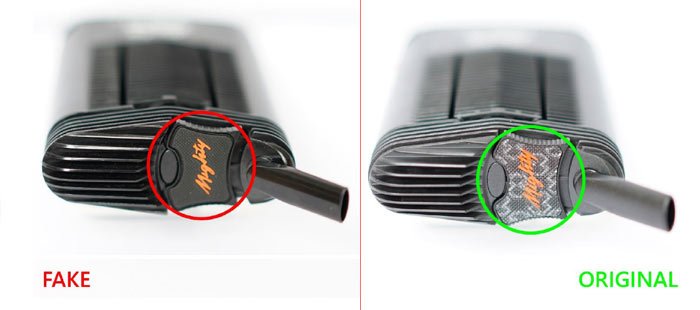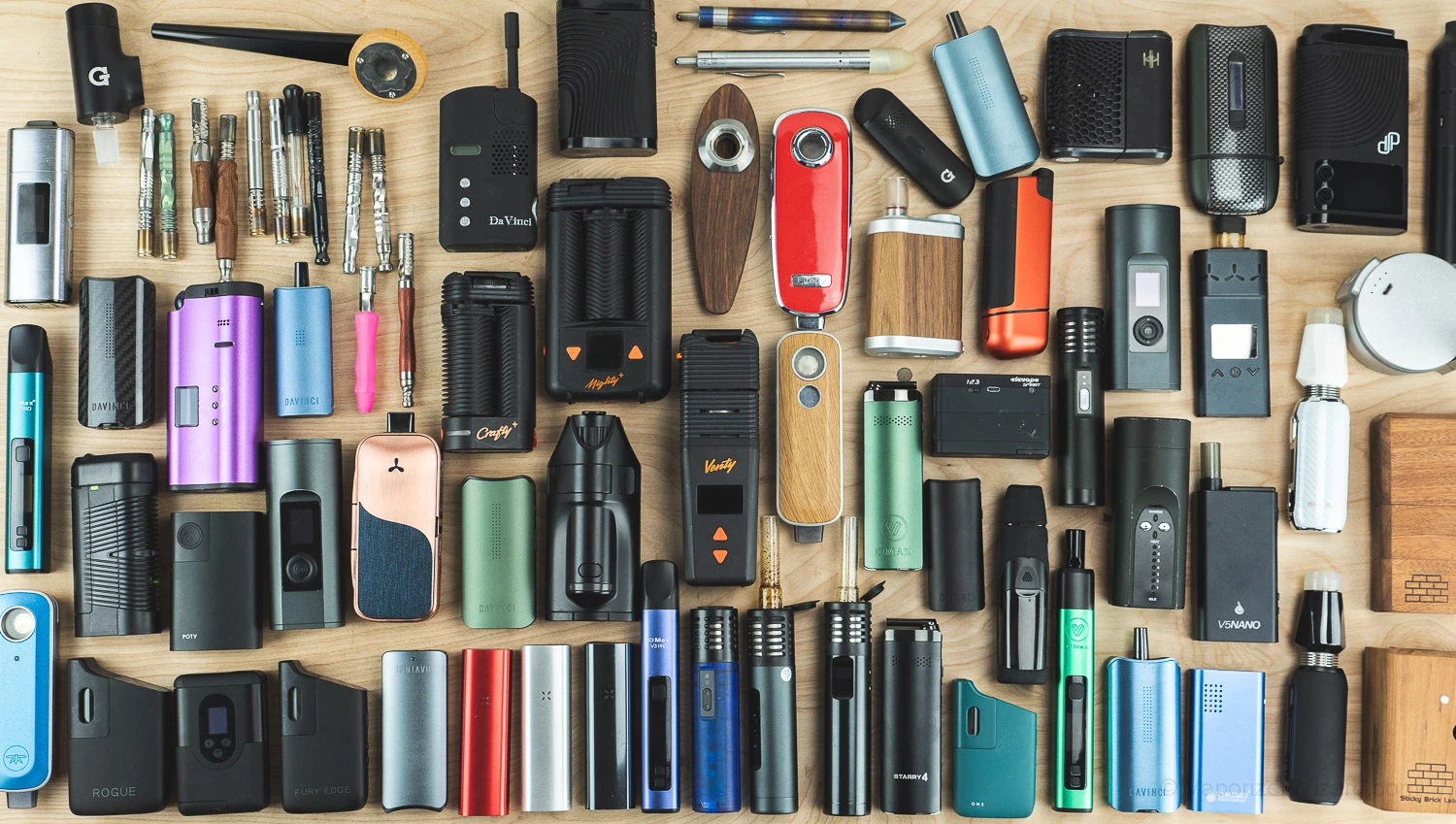Fake vaporizers are silently creeping into the U.S. market. Unknowingly selling them threatens your reputation, your revenue, and everything you’ve built.
Counterfeit devices carry serious risks. U.S. Customs seizes millions worth of fake vaping products each year. The fallout? Financial losses from confiscated inventory—and irreversible damage to your brand when a counterfeit product reaches customers.
Why Fake Vaporizers Are a Business Crisis
Counterfeits don’t just hurt margins. They erode trust, trigger legal exposure, and put your entire supply chain at risk.
When fakes slip into your inventory, retailers lose confidence, customers complain, and your brand’s credibility takes a hit. In extreme cases, lawsuits, seizures, and regulatory action can shut down a business.
How Can You Spot a Counterfeit Vaporizer?
Detection is a multi-step process. Don’t rely on one clue—look for a combination of red flags.
Packaging & Exterior Clues
- Blurry or low-resolution print
- Misaligned logos, spelling errors
- Cheap box materials, off-colors
- Missing holographic seals or tamper-proof features
Build Quality & Internal Clues
- Uneven seams or mold lines
- Loose buttons, rattling parts
- Poor fit and finish—port misalignment, loose battery doors
- Differences in weight or material feel
Verify Through Official Channels
Many authentic brands include serial numbers or QR/NFC codes. Before accepting bulk shipments, check these codes on the brand’s official site. A mismatch or invalid code is a red flag.
Legal, Financial & Reputation Dangers
Selling fake vaporizers is not just embarrassing—it’s legally dangerous.
Trademark Infringement & Lawsuits
Counterfeits often misuse genuine trademarks, which can lead to lawsuits, forced sales shutdowns, seized assets, and damages. Courts may base fines on your sales volume or brand losses.
Customs Seizures
If U.S. Customs flags your shipment, it may seize and destroy it. You absorb the full cost—goods, shipping, and profits lost. Beyond that, stock disruption and failed deliveries damage your market relationships.
Consumer Protection Liability
Inferior components, battery failures, or toxic materials in fakes can cause injuries. Customers may sue importers or retailers for negligence or product liability. Once trust is broken, recovery is extremely difficult.
Here’s a simple cost scenario:
| Cost Component | Estimated Loss |
|---|---|
| Cost of Goods | $50,000 |
| Shipping & Insurance | $5,000 |
| Lost Sales & Penalties | $150,000 |
| Total Potential Loss | $205,000 |
Consumer & Safety Risks from Low-Quality Imports
Low-cost knockoffs often skip critical safety protocols.
- Substandard materials (heavy metals, plastics)
- Fake or unprotected batteries without safety circuits
- Unreliable heating elements or circuitry
- Absence of required certifications (CE, RoHS, UL)
These defects can lead to overheating, device failure, or even user injury.
How to Authenticate Products Before Distribution
Protect your business by making authentication a standard part of your process.
Start with Trusted Suppliers
Buy only from official distributors or brand-authorized sources. Bypass any intermediaries that can’t prove authenticity.
Multi-layered Verification Strategy
Combine inspections and tech tools:
| Method | Strength | Limitation |
|---|---|---|
| Visual Inspection | Low cost, quick | Fakes can mimic visual cues |
| Holograms / Seals | Adds a layer of security | Can be faked by sophisticated counterfeits |
| QR / NFC / Serial | Digital validation | Requires backend verification system |
For example, unique serialized QR codes tied to a secure server give you instant “genuine or fake” results.
Advanced Tools
- Blockchain tracking to log product lifecycle
- NFC chips that read product metadata instantly
- Supply chain visibility platforms to trace product origin
Wrapping Up
The threat of fake vaporizers is real and growing. It’s not a question of if—they’ll attempt it—but when.
By enforcing supplier vetting, inspection protocols, and modern authentication tools, you can safeguard your brand, protect your customers, and prevent major losses.
Authenticity is your shield. Don’t let counterfeit devices compromise your reputation.
FAQ
Q1: What health risks do fake vaporizers pose?
They often use low-grade materials and subpar batteries, leading to chemical exposure, combustion, or device failure—putting users’ safety at risk.
Q2: How can importers verify brand authenticity?
Always check codes or serial numbers on the brand’s official site, inspect packaging, and source from verified suppliers to avoid gray market products.
Q3: What physical flaws show a vaporizer is fake?
Look for loose parts, uneven seams, poor finishing, wrong branding fonts, cheap plastics, and off-spec dimensions.
Q4: How can businesses defend themselves from counterfeit infiltration?
Establish strict supplier controls, require proof of authenticity, conduct inspections, and leverage anti-counterfeit tech (QR codes, NFC, blockchain).
Q5: What are the legal risks of selling fake vaporizers?
Importing or selling counterfeits can lead to trademark lawsuits, customs seizure, fines, product liability claims, and permanent reputation damage.
- US Customs and Border Protection Intellectual Property Rights Enforcement
- National Crime Prevention Council - Combat Fake Vaping Products
- International Trademark Association Anti-Counterfeiting Resources
- FDA Resources on Vaping Product Safety and Regulation
- Consumer Product Safety Commission - Product Safety Guidelines





